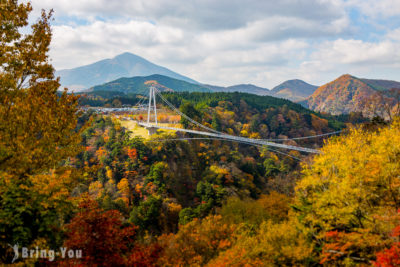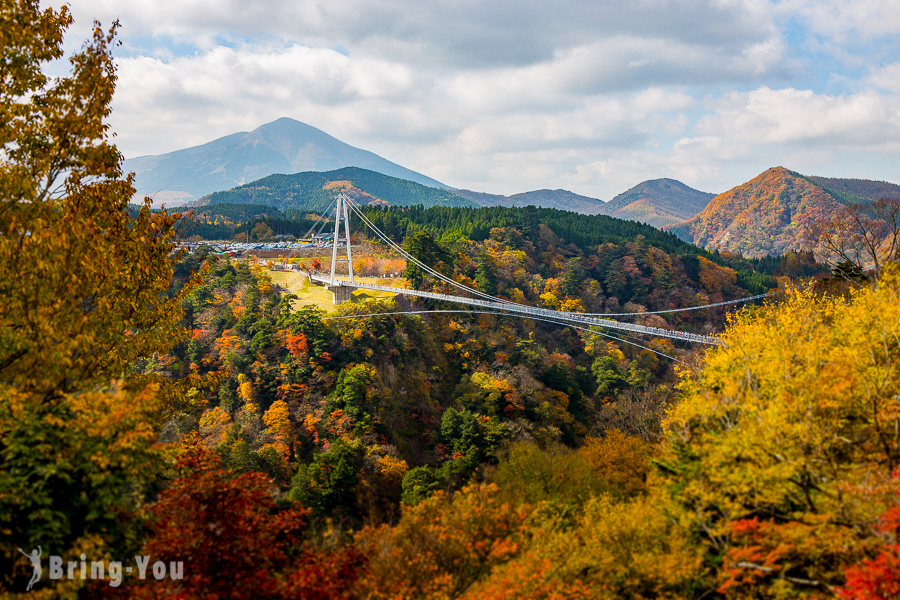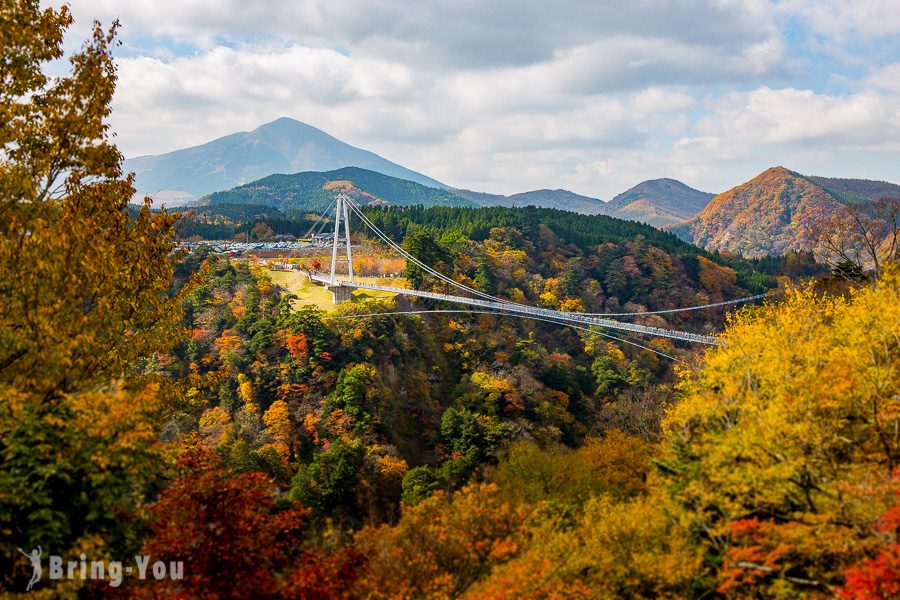
Spanning over 36,000 square kilometers, Kyushu is a vast subtropical island in the southwestern tip of Japan.
With eight major cities scattered around the island, Kyushu is not a small island to plan your visit with ease, especially if you’re here for the first time.
But rest your worries, I’ll be breaking down my favorite things to do in each region so you can mix and match your perfect itinerary.
But first, let’s take a look at what Kyushu has to offer!
From majestic mountains to picturesque beaches, there’s more to discover beyond the relaxing hot springs. If you’re a nature lover and food enthusiast, you’re in for the right treat!
Even a quick meal from a convenience store surpasses the taste of many pricy Japanese restaurants elsewhere.
Whether you’re in bustling cities or serene landscapes, expect a journey filled with charm, efficiency, and utmost respect.
That being said, to make the most of your time here, you may need up to two weeks. But if you can only afford less than a week here, then focus on Nagasaki and Kukuoka!
Read on, your Japanese adventure awaits!
Things To Do In Oita, Kyushu
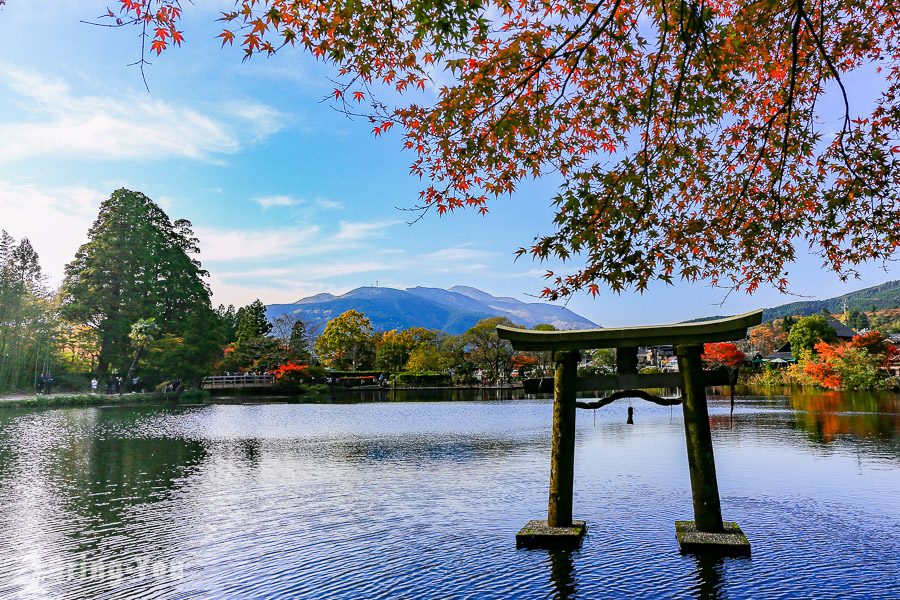
Compared to the rest of Japan, Oita has the most hot springs in the country. Tucked away in the northeastern tip of Kyushu Island, Oita appeals to solo travelers and couples thanks to its large spring volume, peaceful onsen resorts, and temperate weather.
Oita is considered a lesser-known destination in Japan where the residents maintain a simple lifestyle, paying tribute to their traditional rituals and the original simplicity.
The best things to do in Oita are simply to stroll along a cherry blossom-lined road, observe the unhurried movement of people, and relish your own tranquil space in the serene landscapes.
Yufuin Onsen
Rested in the shadow of a namesake mountain, Yufuin is one of Oita’s most visited hot spring towns, filled with boutique stores, chic cafes, and art galleries.
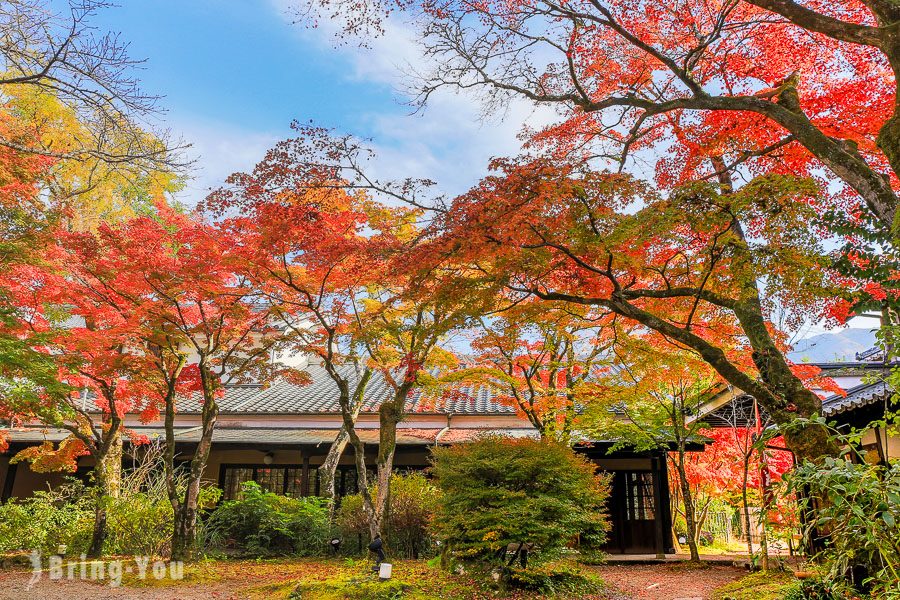
Immerse in a plethora of natural hot springs and hotels where you can reserve an overnight stay or sign up for a day visit. You can find plenty of renowned onsens within walking distance from Yufuin Station such as the Otomaru, Yufuin Kenko, and Yunotsubo.
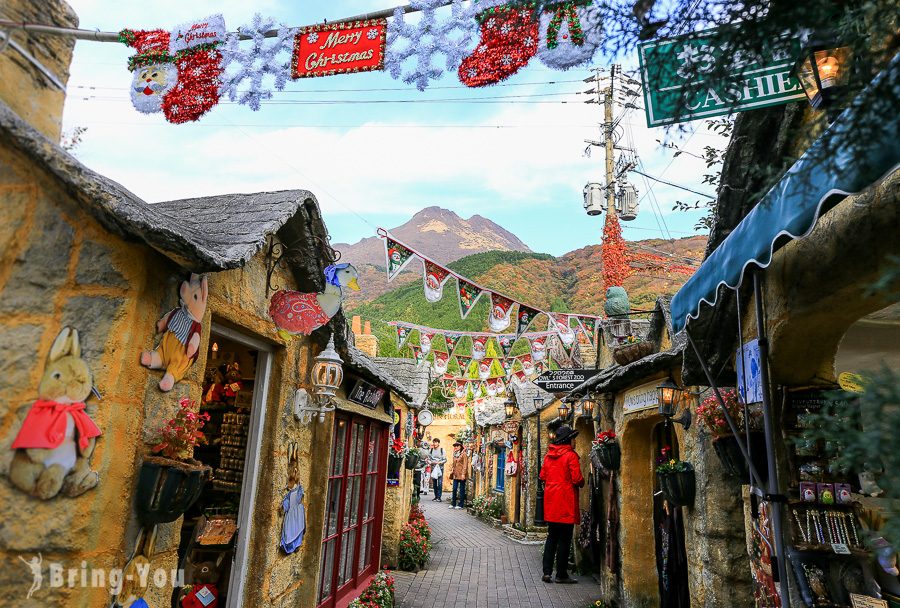
Thanks to a huge concentration of hot springs, Yufuin will captivate you with its misty ambiance and picturesque setting. The mesmerizing feel shows up even more vividly when you explore the mountain and the scenic Lake Kinri. They are roughly 1.5 kilometers from the train station and will hook you in with the peaceful countryside atmosphere.
Hells Of Beppu
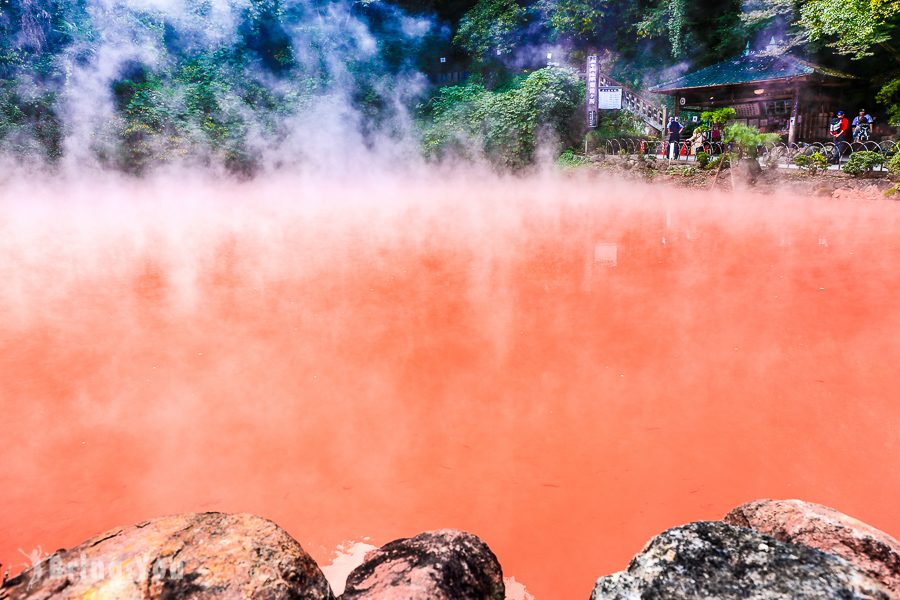
Also known as the Seven Hells of Beppu, this highly visited onsen town spreads across the two regions of Kannawa and Kamegawa. For years, the consistently boiling water and gas from the ground has resulted in a mysterious atmosphere, hence the name.
A quick express train from Oita takes you to Beppu Station without any hassle. From there, hop on a #2 bus to Kannawa or Umi-Jigoku-mae bus stop after a 20-minute ride.
Today, the bubbling gas keeps surprising visitors. The quaint expulsions of gas, iron oxide-rich steam and bubbling hot mud will surely win you over!
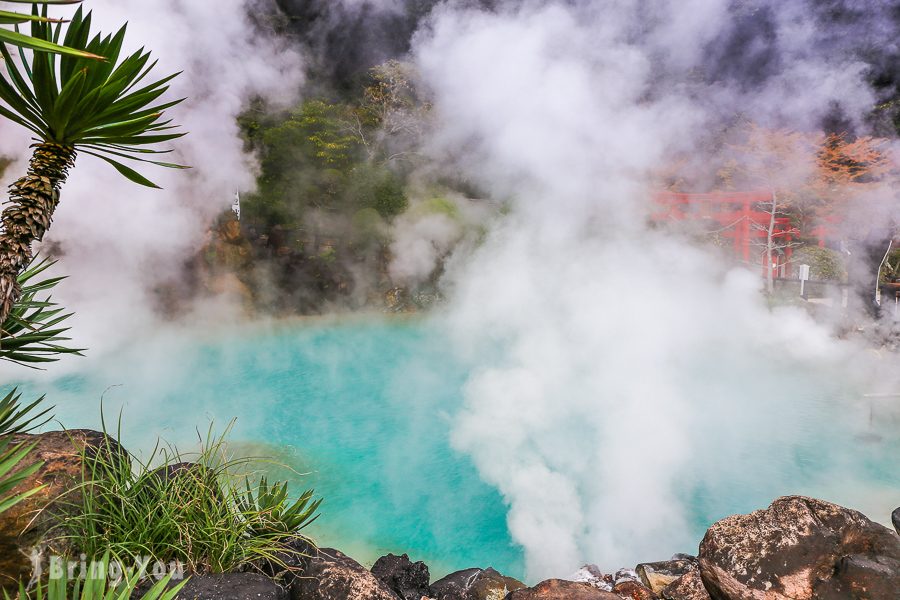
Kokonoe Yume Bridge
Survey the aerial beauty of Kyushu without boarding a train. This iconic bridge lies north of the Kuju Mountain range, west of Oita.
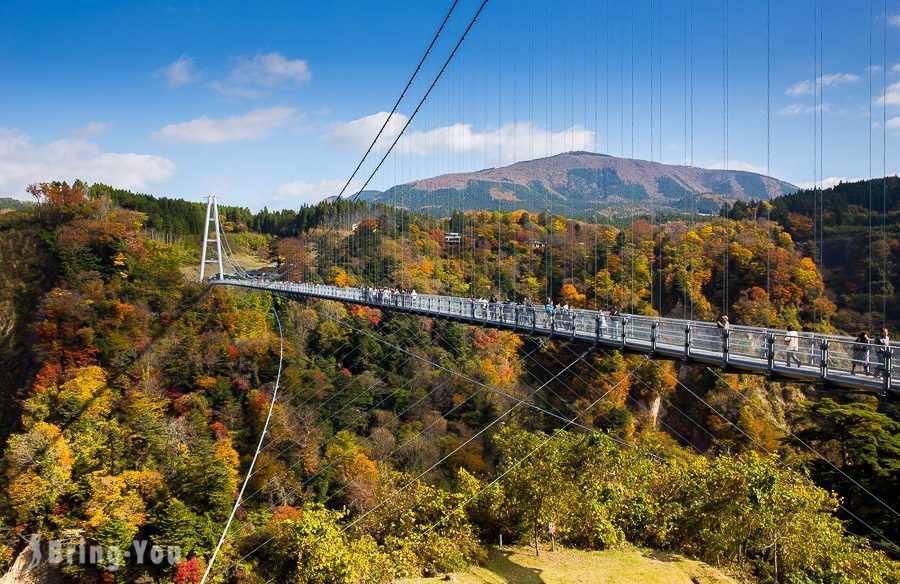
From afar, the bridge seems as if it’s floating in the air, hanging free above the forested valley underneath.
It measured 390 meters long between the two ends and took 20 minutes to complete a stroll. Dubbed the longest pedestrian suspension bridge in Japan, Kokonoe Yume boasts a mesmerizing vista of some of the most beautiful waterfalls in Japan.
The best time to visit the bridge is in autumn when the thick vegetation at the bed of the valley turns into a blanket of fiery shades, a favorite spot for leaf-peepers in Kyushu.
Things To Do In Miyazaki, Kyushu
Nestled between the Pacific seacoast to the east and Oita, the coastal city of Miyazaki boasts captivating scenery, diverse food options, and intriguing spiritual legends. If you’re looking for the best destination in Kyushu to celebrate the great outdoors, Miyazaki offers some of the most stunning beaches in Japan to pamper your adventurous soul.
Miyazaki is home to more than ten national parks, offering lush vegetation to sightsee in a warm, moderate climate. It’s truly a paradise for nature lovers and adventurers of all kinds.
Takachiho Gorge
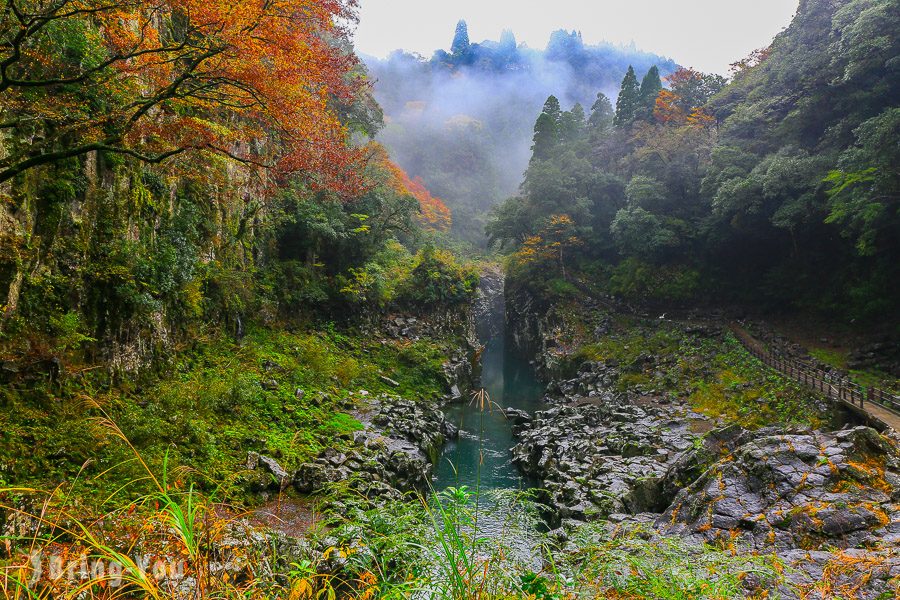
One of the must-sees in Miyazaki is Takachiho Gorge, a place to behold for adventurous travelers. Adding a unique twist to your Kyushu itinerary, the scenic gorge is a quaint getaway to picture yourself leisurely rowing in a volcanic canyon with mist-kissed rainbows dancing around you.
Get your camera ready to capture Takachiho’s striking columnar jointing, a result of ancient lava flow cooling. It adds an extra layer of awe to give your eyes a real feast.
Other than the gorge, Takachiho beckons with charming shrines and cozy inns if you wish to spend your nights here. This is where you can find a perfect blend of nature, culture, and history.
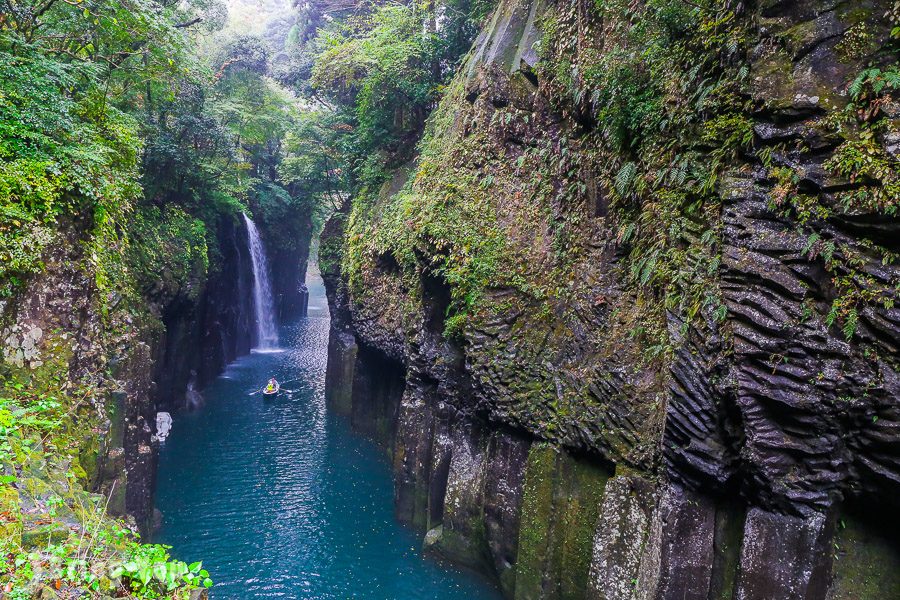
Things To Do In Nagasaki, Kyushu
Nagasaki is situated on Kyushu Island’s west coast, famous for its plethora of active volcanoes, picturesque offshore islands, historic structures, and hot-spring spas.
Fujukushima
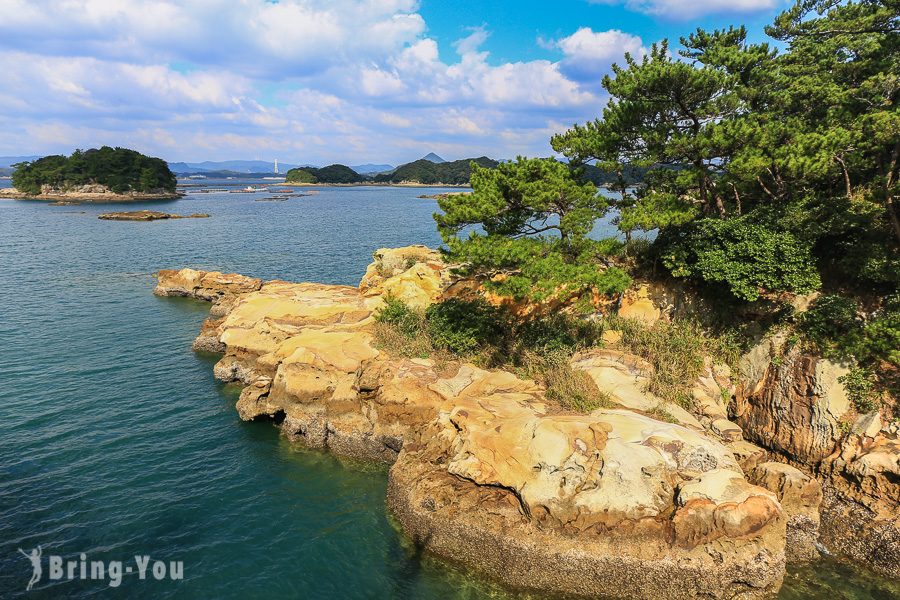
Ironically, Kujukushima plays host to more than 200 islands of all sizes across the vast archipelago despite it being named “the 99 islands”. Each island is carpeted with a thick forest, offering a breathtaking ocean view for an island-hopping trip, yachting, and kayaking.
If unobstructed views are what your heart desires, head out to the Yumiharidake Observatory after a 90-minute train ride from Sasebo Station. Here, the bird’s-eye view of the Kujukushima Islands and the sunset will have you in awe.
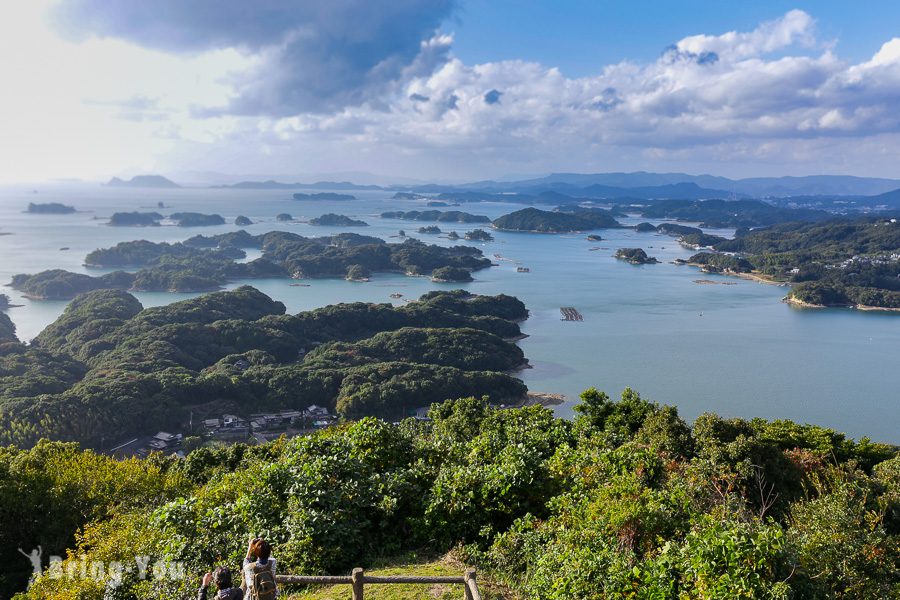
Huis Ten Bosch
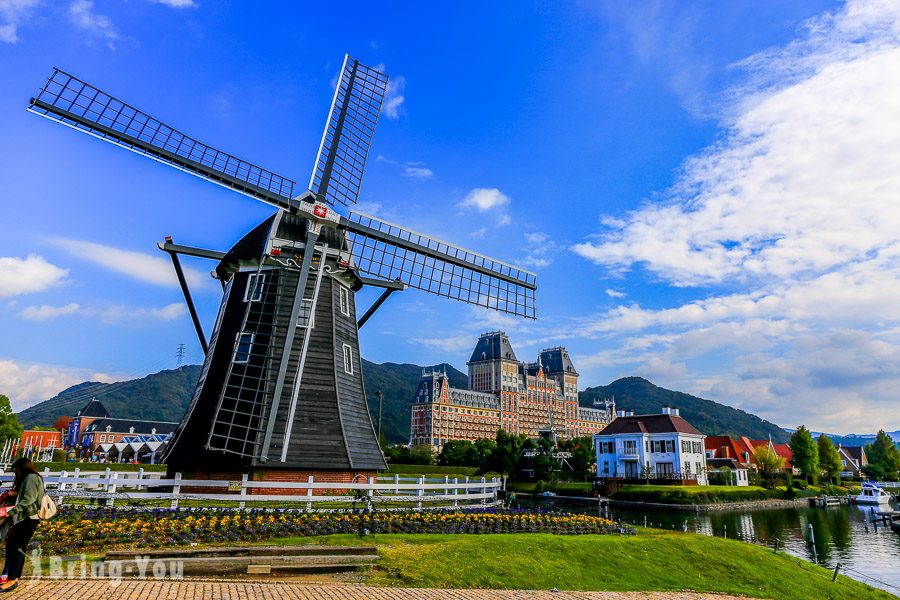
A European theme park emerges in the heart of a tropical island. Huis Ten Bosch is a resort designed as a 17th-century Dutch town, with special permission from the Dutch royal family to recreate the palace. Dubbed the replica of the Queen of The Netherlands’ residence, Huis Ten Bosch translates to “house in the forest,” complementing its vast landscape amidst greenery and seasonal flowers.
Visiting Huis Ten Bosch is one of the top things to do in Nagasaki for families with kids, featuring modern theaters with 3D technology, a haunted house, a mirror maze, and even a Ferris Wheel.
Mount Inasa
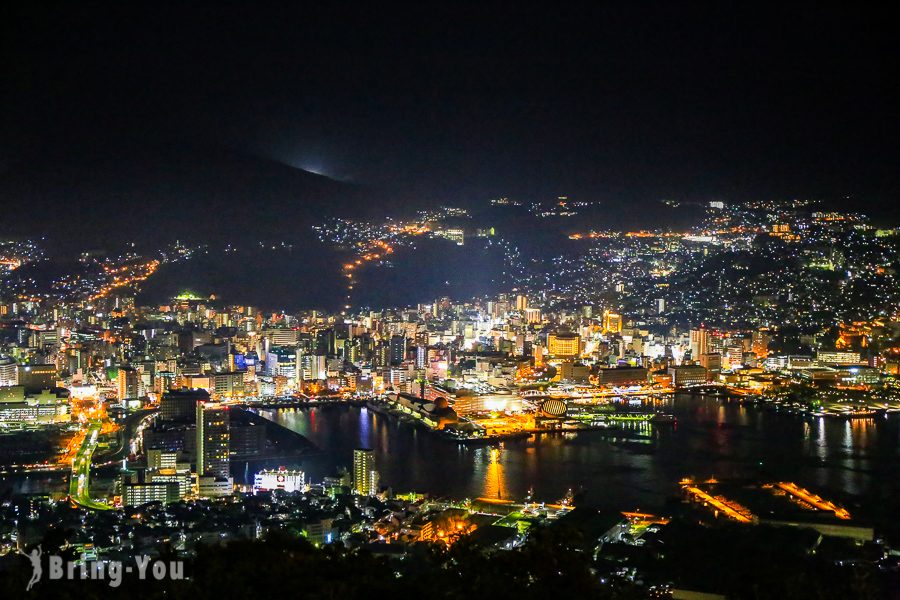
Looking for a unique thing to do in Nagasaki at night? Well, Mount Inasa has just the right thing to offer view seekers!
When the sun beams down, you can ride a gondola to reach the summit and soak up the enchanting vista along the ropeway. The observation deck stands at an elevation of 333 meters, the summit offers a panoramic view of Nagasaki.
When the air is crisp, you’re guaranteed an unobstructed view of the far-flung Mount Unzen, the Amakusa Islands, and the Goto Islands.
Things To Do In Fukuoka, Kyushu
Young and dynamic, Fukuoka is one of the fastest-growing cities in Japan. The fascinating Startup Visa appeals to foreign entrepreneurs and its thriving landscape for art and culture keeps visitors on the edge of their seats.
Today, Kyushu has become one of the most sought-after cities on the island, filled with mouthwatering street foods, shopping hubs, and historical landmarks.
Dazaifu Tenmangu Shrine
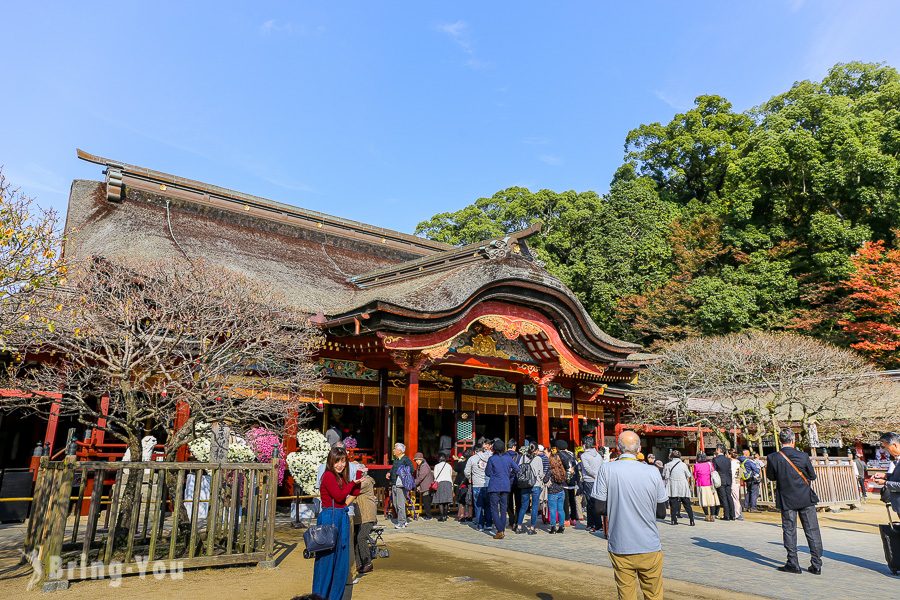
For history buffs, the Dazaifu Tenmangu Shrine will have you in awe. Japan is no short of Tenmangu Shrines but Dazaifu is one of the most talked-about ones along with Kyoto’s Kitano Tenmangu.
Paying tribute to Sugawara Michizane, a famous scholar and politician during the Heian Period, Dazaifu Shrine attracts a great number of visitors on any given sunny day. Its proximity to Dazaifu Station allows you to explore with ease. Getting there from the station is easy and you can pop into one of the shops along the way.
Across the Dazaifu Station is Ramen Danbo, a highly visited ramen spot that’s famous for its velvety, mellow white broth.
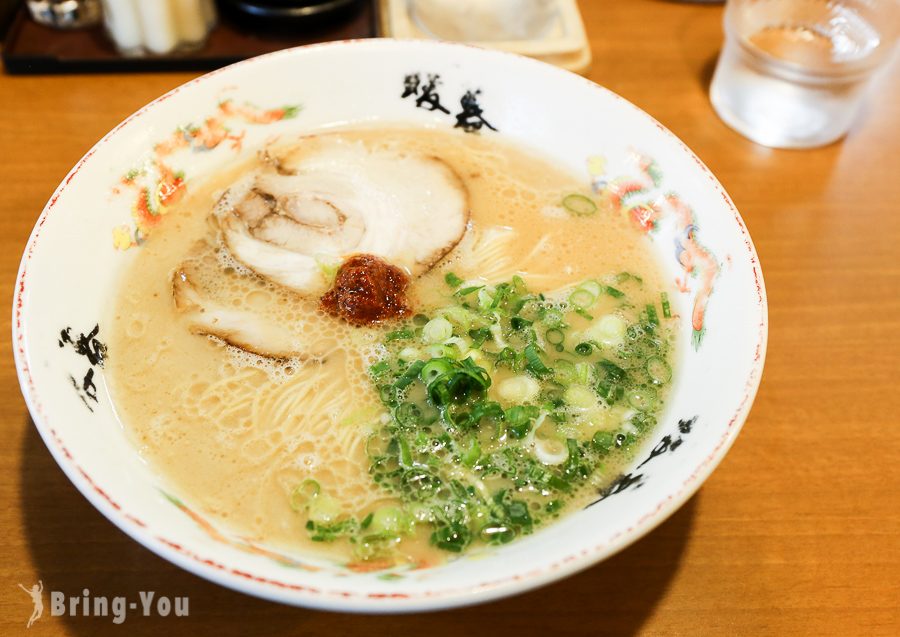
Read More: What Is The #1 Ramen In Tokyo? 8 Best Ramen Spots In Tokyo 2023 You’ve Gotta Try
Moji Port
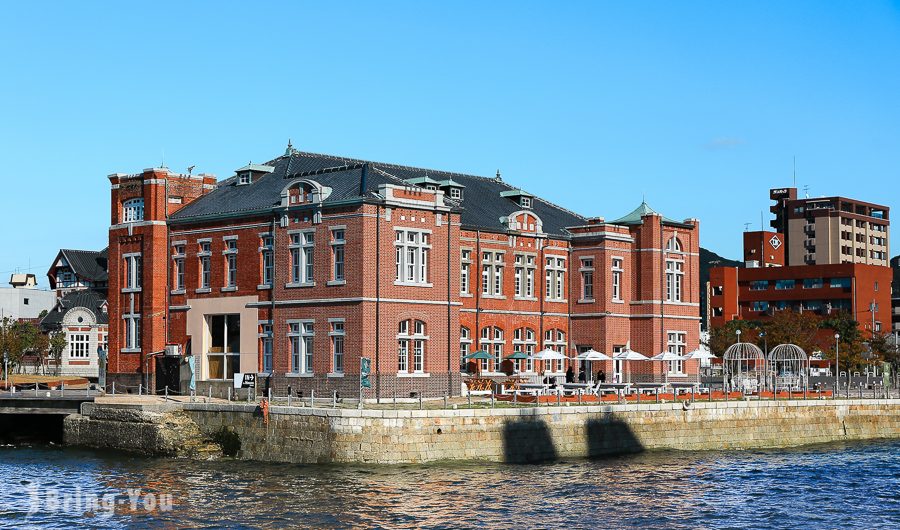
Facing Kanmon Straits to the north, Moji Port is a bustling marina area where the busy traffic of international and domestic ships traverse daily. It was once a thriving port at the end of the 19th century and now serves as a romantic hideout with a romantic feel.
There’s a heap of Western buildings that remain unchanged from the Meiji and Taisho era, reflecting a nostalgic flavor from the past. If your time budget allows, take a scenic stroll along the promenade by the sea for a brief visit to Kaikyo Plaza.
Alternatively, consider visiting Minato House if the seafood market is what your heart desires. This spot has been around since 1998, chock full of fresh seafood flown in daily from Kitakyushu and Shimonoseki.
Kokura Castle
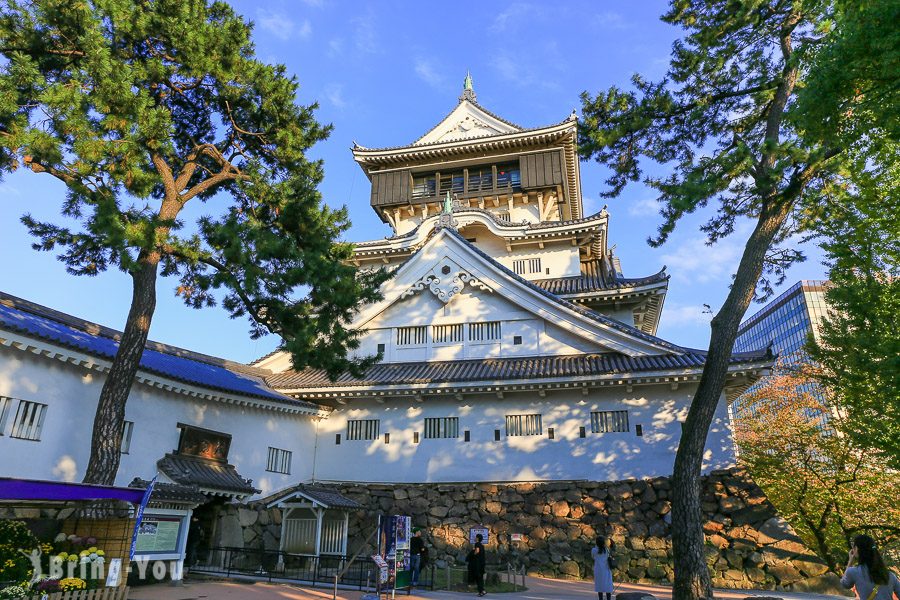
Take a train from Moji Station on the Kagoshima Line to Nishi-Kokura Station on a 43-minute ride. From there the castle is ten minutes away on foot.
Thanks to its exceptional historical value and stunning exterior, Kokura has become a highly researched attraction.
Built in 1602 during the Edo Period, Kokura Castle underwent reconstruction in 1959 after a fire in 1866. The current ferro-concrete tower, showcasing traditional architecture, stands in striking contrast to the modern shopping and entertainment center nearby.
Hakata Canal City
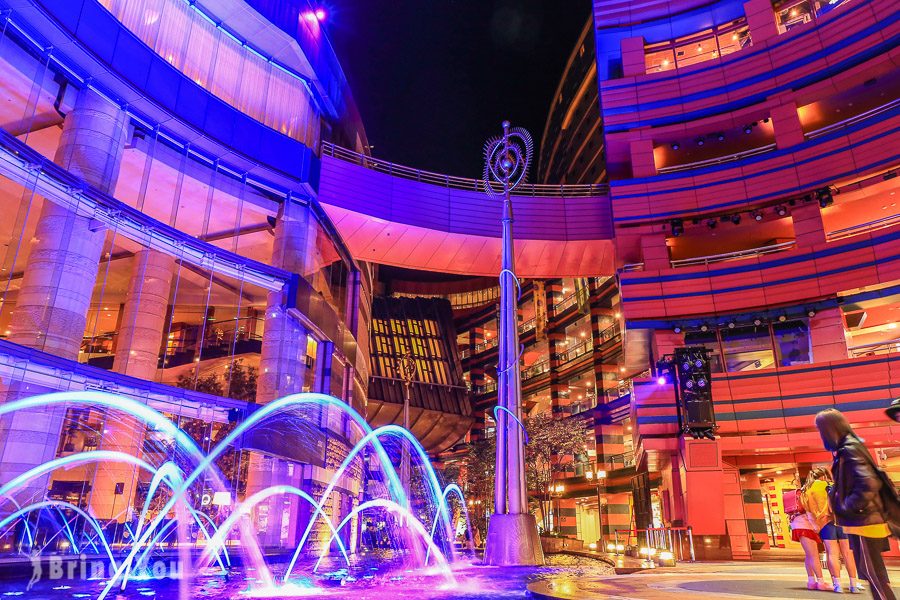
Nestled by the serene Naka River, Hakata Canal City is a sprawling commercial complex, offering everything from an artificial canal, hotels, and theaters to a cinema, shops, and restaurants.
Daily fountain shows and events add to the vibrant atmosphere, ensuring you’ll never be bored with the shopping, gourmet delights, and diverse features available.
Food Stalls (Yatai)
The dynamic food scene in Fukuoka is a heaven on earth for big foodies. Playing host to a wide range of yatai (food stalls), these cozy outdoor street food spots usually seat about seven or eight people with a relaxed setting to savor simple and satisfying dishes.
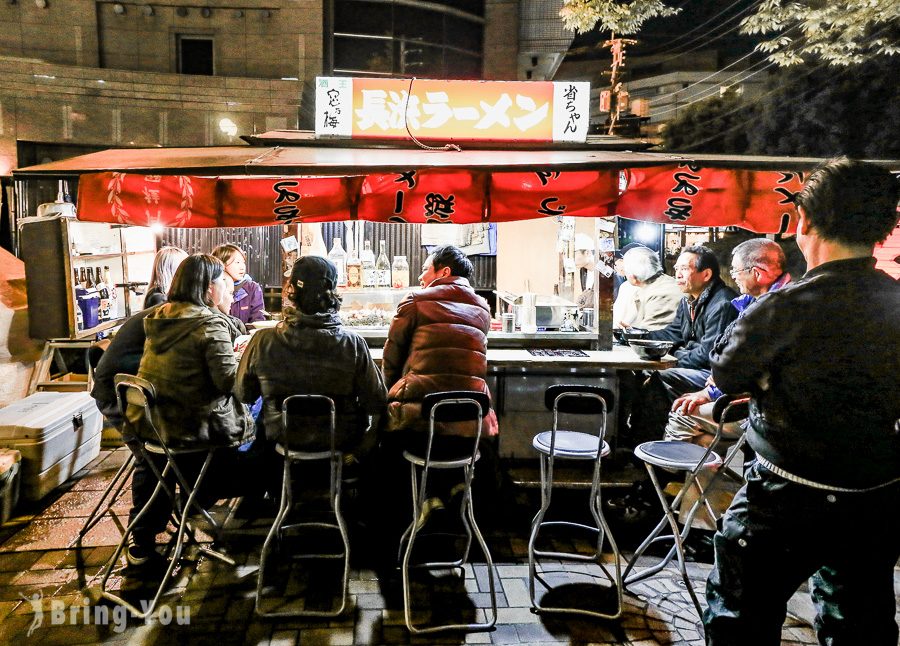
While Fukuoka is dotted with numerous yatai, the prime spot to discover them is on the southern end of Nakasu Island, right in the heart of the city. Here you can find about 20 yatai lined up along the water, creating a picturesque scene.
These stalls serve up a variety of treats, including yakitori (grilled chicken skewers), oden (hot pot), and the renowned Hakata Ramen.
If you’re a ramen lover! Dig right in and enjoy a steaming hot bowl full of thinly sliced noodles stewed in a flavorful pork bone soup.
Complementing the food are various alcoholic drinks, making yatai an ideal place to connect you with the locals.
Tenjin Underground Shopping Mall

Cross the Haruyoshi Bridge to the southwest, Tenjin is Kyushu’s extensive underground shopping haven, stretching 590 meters. This bustling space mirrors a 19th-century European town, hosting around 150 unique shops spanning food, fashion, and culture.
The mall is spacious, so comfy shoes are a must for your exploration. Despite potential crowds, the atmosphere is clean and pleasant. Here you can browse a diverse array of Japanese and international brands. Don’t miss the eateries and souvenir shops that offer a variety of choices.
Things To Do In Kumamoto, Kyushu
Facing Ariake Sea to the west, the city of Kumamoto is smack dab in the heart of Kyushu Island. It’s famed for its historic castle and the iconic Suizenji Park which is counted among Japan’s top three gardens. Beyond the amazing natural landscape, Kumamoto also appeals to visitors with its vibrant regional food scene as well as a warm and welcoming local community.
Kumamoto Castle
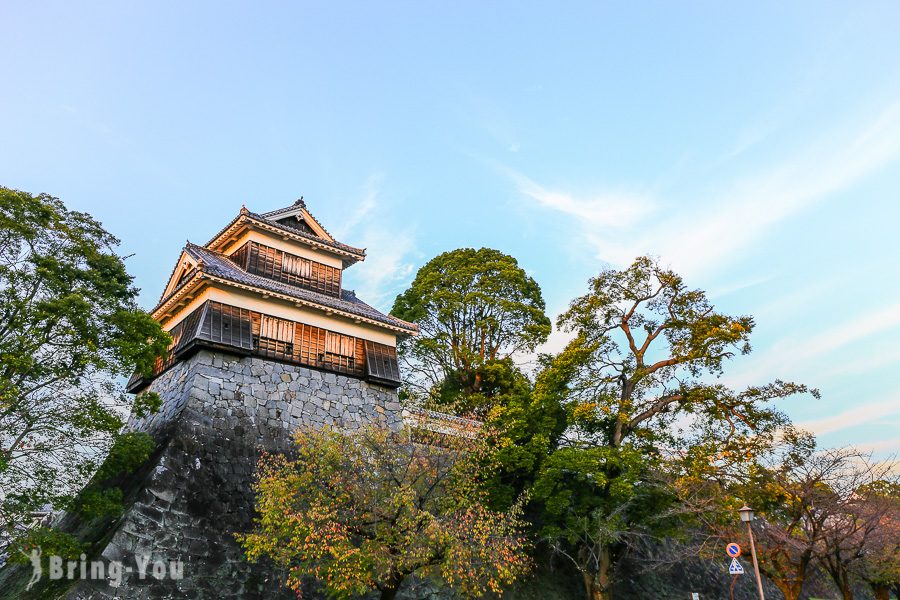
Dubbed the most talked-about landmark in all of the city, Kumamoto Castle is centrally located in the downtown core and is recognized as Japan’s top three visited castles.
Dating back to 1607, Kumamoto Castle was built by Kato Kiyomasa, a local feudal lord. It encompasses a large footprint. For that reason, exploring the castle requires some walking on a varied terrain.
While much of the castle was reconstructed in 1960, recent earthquake damage in 2016 has prompted ongoing rebuilding efforts.
Kurokawa Onsen
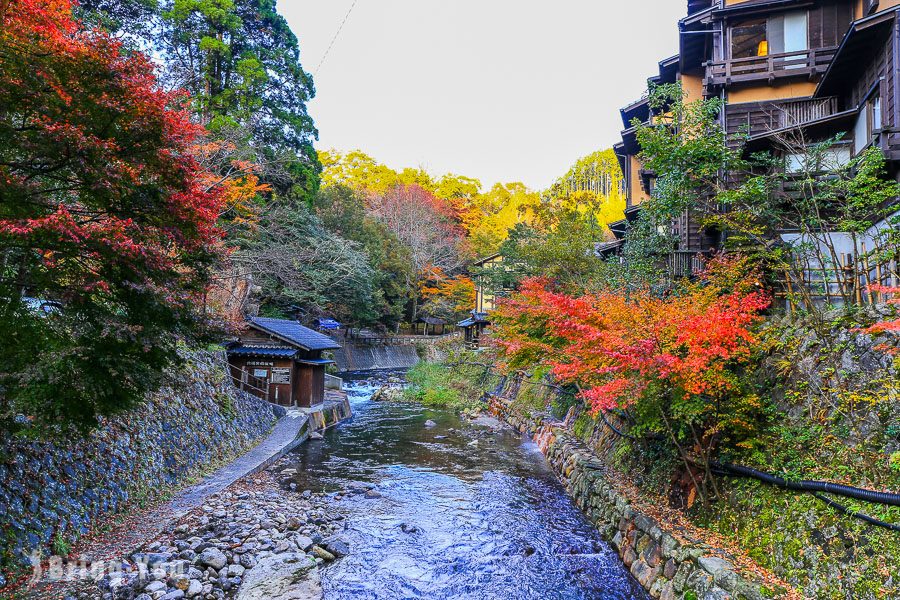
Other than Oita, Kumamoto has another remarkable hot spring town known as Kurokawa. It’s located roughly 20 kilometers north of Mount Aso, wrapped around in a serene, traditional ambiance.
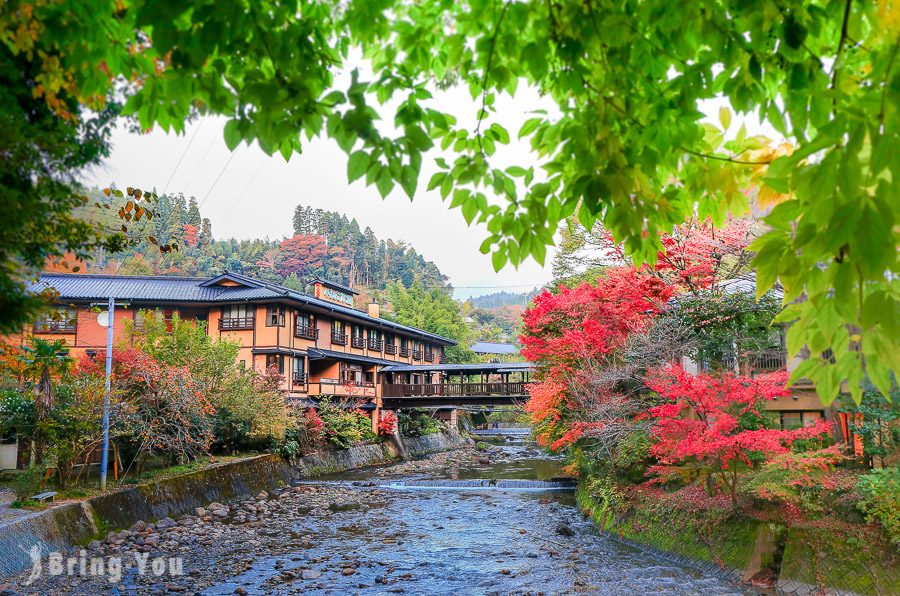
Unlike many resort towns with imposing concrete hotels and flashy ads, Kurokawa embraces a natural aesthetic by focusing on traditional designs, wooden structures, earthen walls, stone steps, and a meandering river to define its picturesque townscape.
Things To Do In Kagoshima, Kyushu
The coastal city of Kagoshima lies to the very south of Kyushu Island, known as a stunning destination with a variety of attractions. Here, you can discover the pristine forests of Yakushima National Park. It has impressive volcanoes like the renowned Sakurajima to unleash your inner naturist.
Whether you’re into history, food, or outdoor adventures, Kagoshima has something for everyone.
Sakurajima Volcano
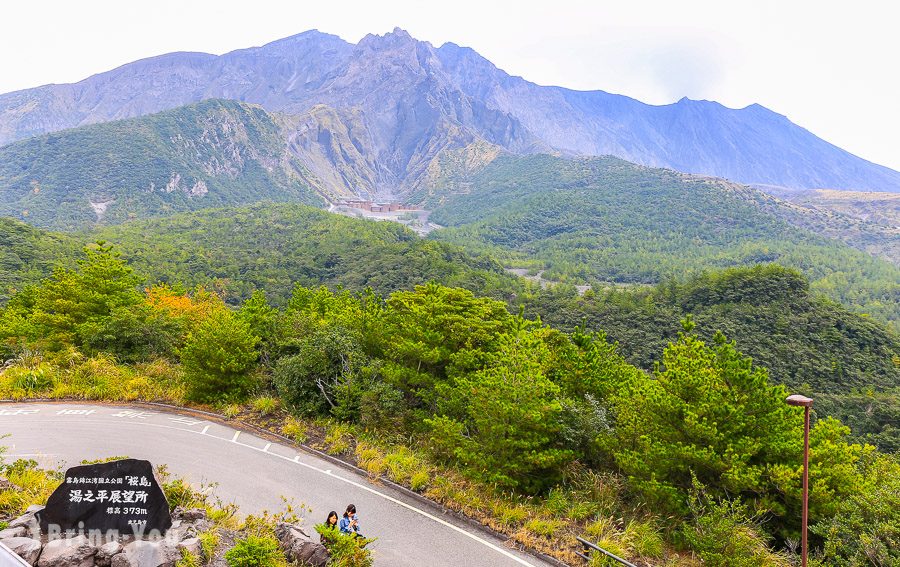
This is an active stratovolcano sitting in the center of the Osumi Peninsula. At a 15-minute ferry ride away, you’ll reach Sakurajima Port. Once off the ferry, you’re in the heart of the volcanic town, where the air carries the distinct scent of volcanic ash.
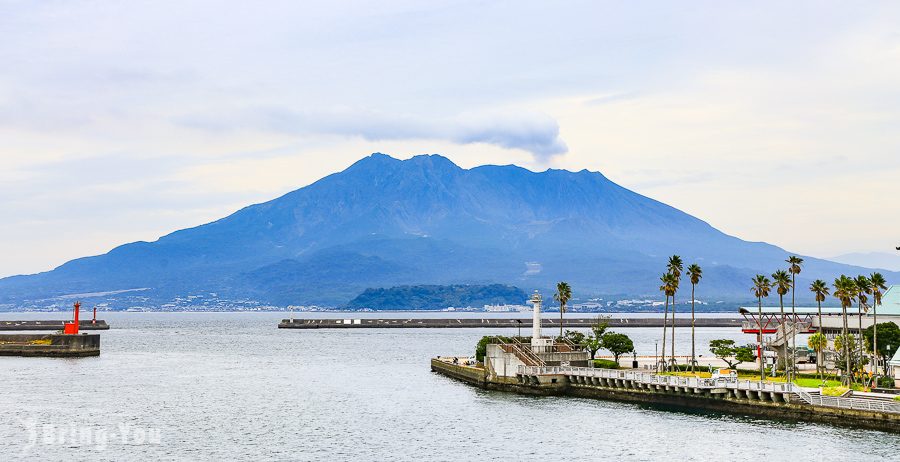
There’s a nearby rental service to get a bike for a loop around the island. You won’t be able to reach the active volcano yourself but you shall find various vantage points that offer a whimsical view of the mount at a distance.
Alternatively, you can also join the Kagoshima Island View Bus and explore the west area of the island.
The bus station is right by the arrival point of Sakurajima Port. The bus fare is available for sale after you’re aboard, costing around YEN 500 and varies by distance.
Final Words: Is Kyushu Worth Visiting?
Heck yeah! If you’re a nature lover and like to see things at a slower pace, Kyushu is 100% worth your effort!
It’s lesser-known than other tourist hubs in Japan and that’s why the island remains a pristine charm to get away and detoxify your mental health.
That being said, Kyushu is not a small island so I only recommend it if you have at least a week to spend on the island, which allows you to fit in one to two different prefectures.
Getting around Kyushu by public transport is easy. The high-speed bullet train Shinkansen gets you anywhere you want, and consider obtaining a KR Kyushu Pass to save some bucks!
Be Inspired With My Travel Guides In Japan
- Kyoto: Kyoto Secrets and Hidden Gems: 10 Insanely Cool and Unique Spots to Get Away from the Crowds
- Tokyo: 11 Best Day Trips From Tokyo For Nature Lovers To Take A Breather
- Osaka: A Pocket Osaka Travel Guide for First-Timer: When Should You Really Go | 5-Day Itinerary | Ultimate Food Guide | Things to Do | Travel Tips
